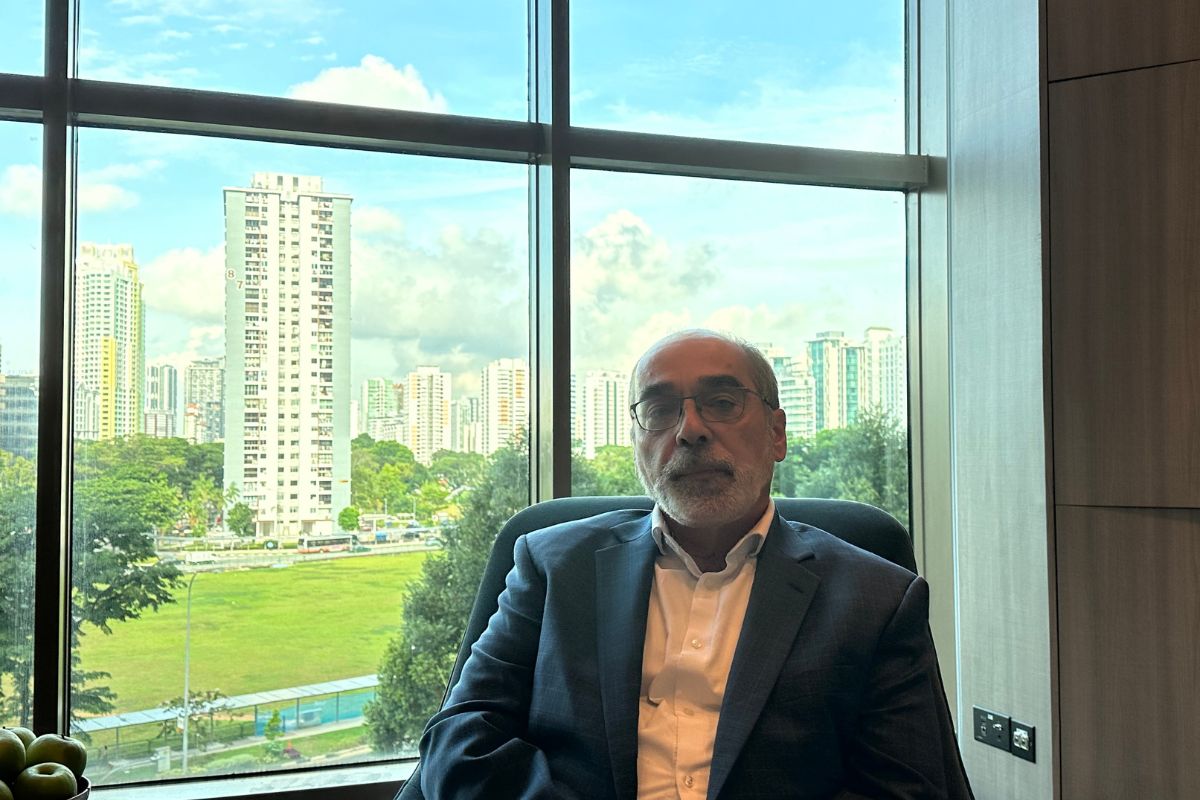Businesses must reflect on their workplace culture in order to foster inclusion

The Myers-Briggs Company (@themyersbriggs) encourages businesses to reflect on their workplace culture in order to foster inclusion
Ahead of National Inclusion Week, leading business psychology provider The Myers-Briggs Company is imploring businesses to examine their company culture in order to promote an inclusive workplace. When it comes to inclusion, personality type is not necessarily the first thing that comes to mind. Yet having an inclusive approach to different personality preferences is an important first step in promoting diversity and inclusion in other areas.
National Inclusion Week, commencing September 28th, promotes everyday workplace inclusion practices and culture. Research from McKinsey’s 2020 report on diversity shows that representation of ethnic minorities at executive level in the UK and US stands at just 13%, and over a third of companies worldwide have no women on their executive teams. In order to boost workplace inclusion, businesses must ensure that there is full involvement in an organisation and a sense of belonging by people from all backgrounds, by actively removing barriers to full participation.
John Hackston, Head of Thought Leadership at The Myers-Briggs Company, commented:
“For employees of all backgrounds to feel valued, companies need to put in place a culture where everyone feels comfortable being themselves, and working in a way that suits them in order to successfully deliver for their employers.”
“There is an interaction between personality and the ways people are perceived, so being truly inclusive means considering a variety of factors. Ignoring diversity and being non-inclusive when it comes to personality can prevent organizations from being inclusive in other areas. Tools like the Myers-Briggs Type Indicator® (MBTI®) assessment can be key assets in promoting diversity and fostering inclusion.
“For example, research using the framework suggests that organisations tend to value and reward people with some personality preferences more than others. So, people with a preference for Introversion tend to be less well-regarded and are less likely to be promoted than those with a preference for Extraversion, leading to them also reporting lower levels of wellbeing than Extraverts.”
“Another dimension of the MBTI, Thinking-Feeling, looks at the way in which we prefer to make decisions. People with a Thinking preference prefer to make decisions based on objective logic, while those with a Feeling preference prefer to make decisions based on their values, and on how the decision will affect other people. In a recent research project into gender, diversity and management, we found that managers were more likely to have a Thinking preference than non-managers, men more likely to have a Thinking preference than women, and men more likely to be managers than women. These are just two examples of the many ways in which personality and inclusivity intersect.”
“It’s easy to fall into the trap of recruiting and promoting in your own image, but neglecting inclusion when it comes to personality will result in reducing inclusion in other ways too, and can lead to groupthink. Using techniques like the zigzag model, where meeting participants consciously pay equal attention to all aspects of personality type when solving a problem, can help to compensate for this.
“One of the best ways to avoid groupthink is to increase the self-awareness of leaders and their teams. Increasing self-awareness, leaders can appreciate their own strengths and limitations and start to see the value of other people’s views.
“Building a deeper level of awareness, the MBTI® Step II assessment shows individuals that even within each personality preference, every individual has unique behavioural facets. For example, whilst a team leader may have a preference for Thinking, meaning they prefer to base decisions on logical, objective analysis, they could also tend towards an empathetic approach when it comes to avoiding hurting others’ feelings, which is a facet more commonly seen in those with a preference for Feeling.”











Responses